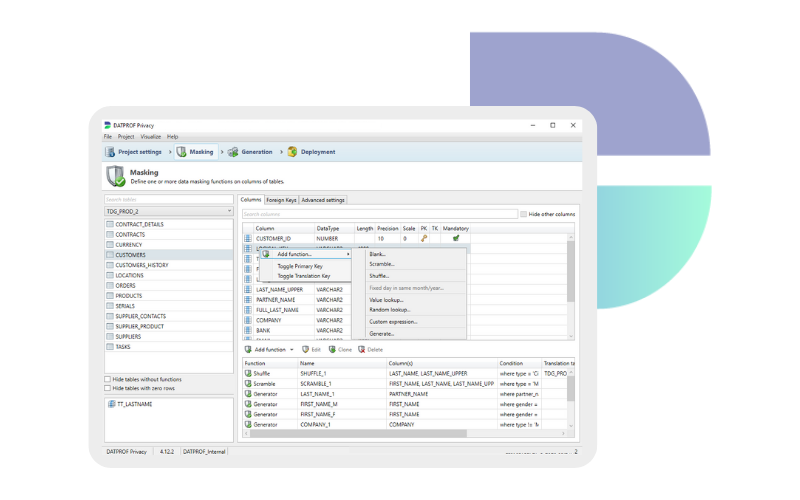Test Data Needs in Software Development Models
Software testing is an important part of the software development life cycle. There are many different models that can be used in the software development process, and each model has its specific test data needs because the approaches used to build software differ, and the testing needs vary accordingly.
The waterfall model, for example, requires comprehensive test data that covers all use cases as testing is done after the development of the entire application. Conversely, in the agile model, test data must be flexible and adaptable to accommodate changes made during development. Adapting the test data to the specific needs of the development model is essential to ensure effective testing and high-quality software delivery.
The basic characteristics of test data for software development, such as relevance, completeness, accuracy, traceability, manageability, and security, remain the same across different development methodologies, but the specific requirements and priorities may differ. Let’s discover why and how!
Here are some different types of software testing models and their benefits and drawbacks, and their specific test data needs. Click on the model to jump directly to that section.
Waterfall Model
The Waterfall Model is the oldest testing model. It is primarily focused on the need for specific, qualitative test data. This model involves breaking down the software development process into separate steps, with each step completed before moving onto the next.
The four main steps in the Waterfall Model are 1) requirement gathering and analysis, 2) software design, 3) programming and testing, and 4) maintenance. In that order. The first step involves figuring out the user’s needs and creating a document called the “Requirement Specification”. This document is used in the software design step. It’s crucial to get the requirements right in the first step because they cannot be changed later on.
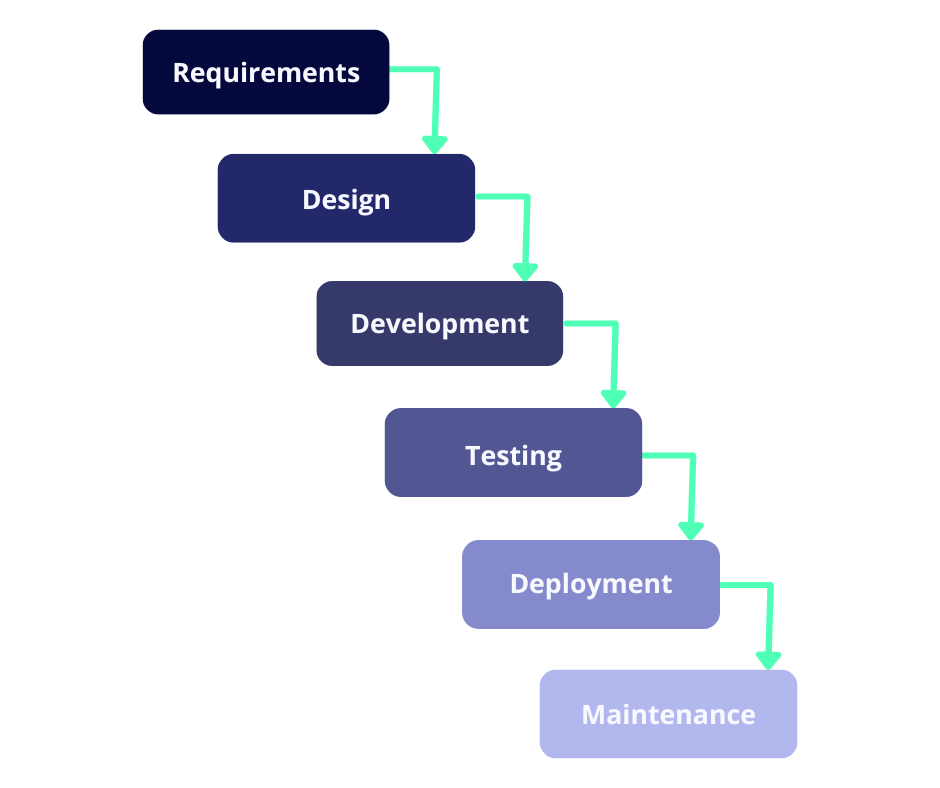
Advantages and disadvantages of the Waterfall Model
The Waterfall Model has several advantages:
- It is simple and easy to implement and manage.
- The initial phase of requirement gathering and analysis helps to save time in the later development phase.
- The model requires minimum resources and testing is done after each phase, ensuring that bugs are identified early on.
However, the model also has several disadvantages:
- Once the requirements are set, they cannot be changed or updated, making the model unsuitable for projects with frequent changes in requirements.
- It is also not suitable for large projects as risk management and risk mitigation is not possible.
- Additionally, the inability to make changes to a previous phase once moving on to the next can be frustrating if issues or problems are discovered later on, and the requirement for each phase to be completed before moving on can lead to delays in the project timeline.
Test data needs for the Waterfall Model
In the Waterfall Model, test data may need to be even more comprehensive than ‘normal’ and cover all possible use cases since testing is typically done only after the software is fully developed. This ensures that any issues are detected and addressed before the software is released.
V Model
The V Model can be seen as an evolution of the Waterfall model, incorporating the benefits of an iterative approach to development while retaining the structured, sequential nature of the Waterfall model. The V Model emphasizes testing throughout the entire software development life cycle, with testing activities being integrated into each phase of development.
Testing starts at the beginning of the project with unit testing and progresses through integration testing, system testing, and finally, user acceptance testing. The V Model helps ensure that the software is thoroughly tested before it is released to users.
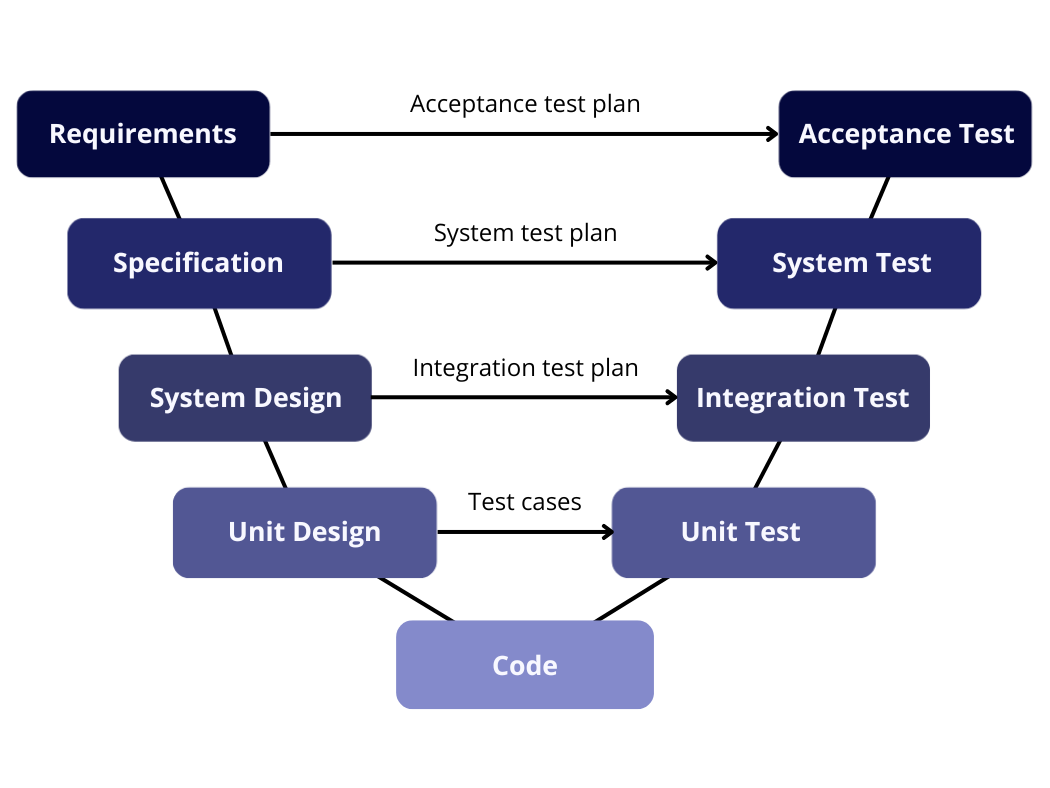
Advantages and disadvantages of the V Model
The V Model has several advantages in software testing. It’s easy to use because testing activities like planning and test designing are done before coding. This saves time and increases the chances of success. Bugs are typically found early on, reducing the risk of problems later.
However, there are also some disadvantages. The V Model is a strict model, which can limit flexibility. Since the software is developed during the implementation phase, initial prototypes of the product are not available. Finally, if there are modifications in the middle of the project, the test document needs to be updated, which can be time-consuming.
Test data needs for the V Model
In the V Model, testing is integrated into the development process, with corresponding testing activities for each development phase. This means that the test data needs to be carefully designed to ensure that it covers all possible use cases and scenarios that are relevant to each stage of the development process. And it also needs to be updated frequently to ensure that it reflects the current state of the software.
Iterative Model
The Iterative model is a flexible approach to software development that doesn’t require a complete list of requirements upfront. It begins by developing the necessary functional requirements and can be extended later. This process is repeated, allowing for new versions of the product with each cycle. Each iteration includes the development of a specific component of the system, which is then added to the existing functionality.
The Iterative Model is more flexible than the Waterfall Model and V Model and is designed to handle complex software development projects. It still requires specific and qualitative test data, but is more adaptable to changing project requirements and can incorporate feedback from users during development.
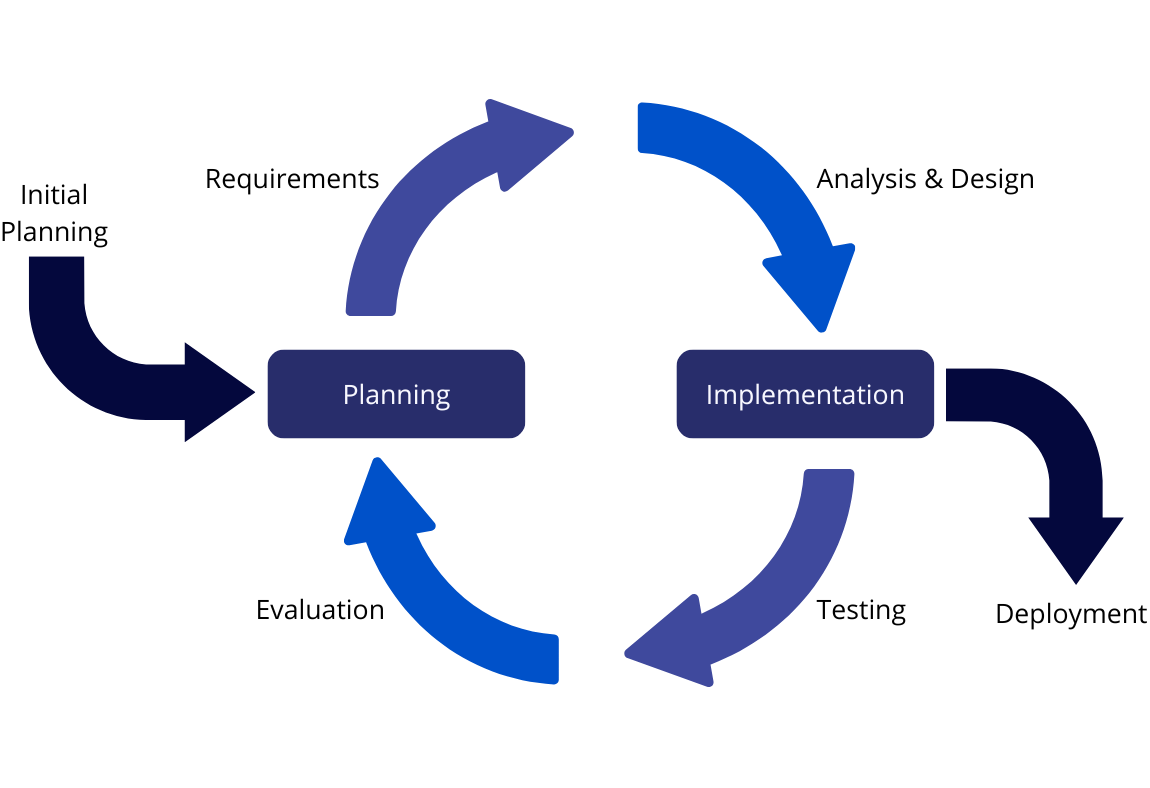
Advantages and disadvantages of the Iterative Model
The iterative model is advantageous as it helps to control risks by prioritizing high-risk tasks, provides measurable improvements, and enables the avoidance of difficulties and risks in subsequent sprints. However, it requires more resources than the waterfall model, can be difficult to manage, and risks may not be completely identified even at the project’s end stage.
Test data needs for the Iterative Model
When using the iterative model in software testing, specific test data needs include the ability to collect and analyze data at each stage of the iteration, as well as the ability to adjust the testing strategy based on the results of previous iterations. This may include the need for more extensive test data sets to cover all possible scenarios, as well as the ability to track and manage test results and defects over multiple iterations.
Spiral Model
The Spiral Model is a risk-driven model that emphasizes testing and analysis throughout each phase of development. While still requiring specific and qualitative test data, it is designed to be more flexible and responsive to changes in project requirements and risks.
The spiral model for software testing is similar to the Agile model, but with more focus on risk analysis. The model consists of four phases: planning, risk analysis, engineering, and evaluation. The requirements are collected and risk assessment is performed at the base level, and each upper spiral builds on it.

Advantages and disadvantages of the Spiral Model
The spiral model is appropriate for complex and large systems. It allows for additional features to be incorporated based on changing conditions. The model produces software early in the development cycle. However, it is very complex, it can be costly as it requires specialized expertise in risk analysis, and it is not suitable for small projects.
Test data needs for the Spiral Model
Test data needs in the spiral model include requirements and risk assessment at the base level. As the model progresses through each spiral, testing should be done on the updated requirements and risk assessments to ensure that the software is meeting the necessary standards. Additionally, as the software is generated early in the cycle, testing needs to be performed throughout the development process to catch any potential issues or defects. Finally, as the spiral model is suited for complex and large systems, testing needs to be thorough and comprehensive to ensure that the software is meeting all necessary requirements and functioning as expected.
Agile Model
The Agile Model is the most recent testing model and is also focused on specific and qualitative test data. It is a collaborative approach to software development, where cross-functional teams work together to develop both requirements and solutions. This model is also known as an iterative and incremental model.
The Agile software testing model prioritizes process flexibility and customer satisfaction by delivering working software products in small, incremental builds. The focus is on rapid delivery of a product that can be tested and refined with feedback from the customer, which helps to ensure that the final product meets the customer’s needs.
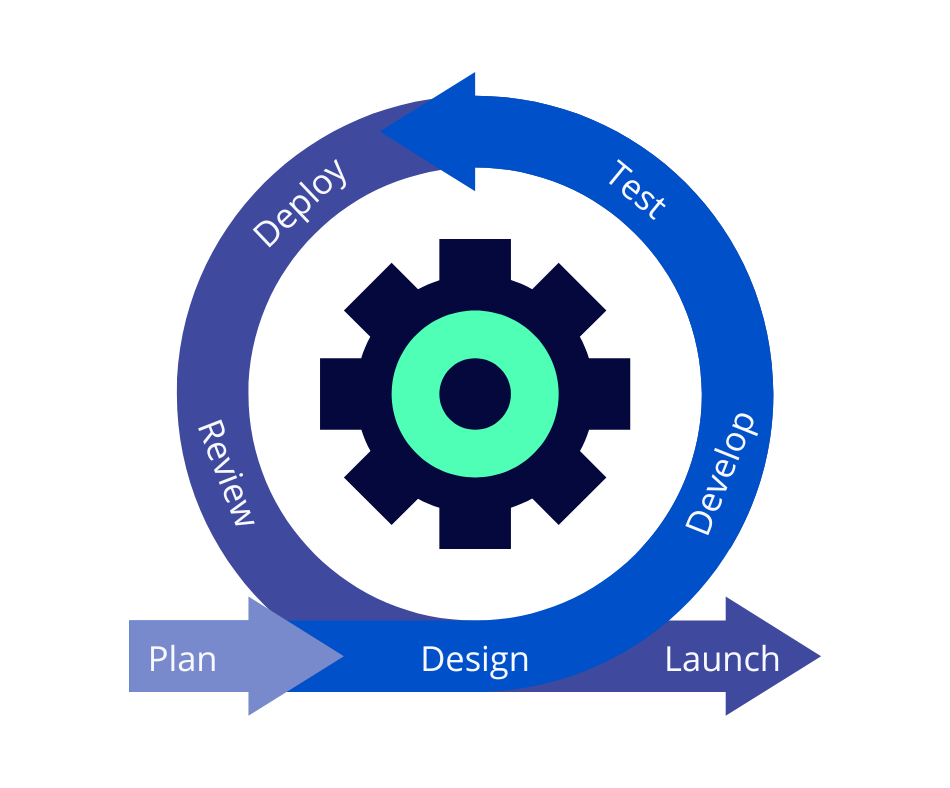
Advantages and disadvantages of the Agile Model
One advantage of Agile is that it ensures customer satisfaction with fast and continuous delivery. The model is flexible due to continuous communication among customers, developers, and testers. It allows for the development of working software rapidly and facilitates adaptation to changing requirements.
However, the Agile model presents challenges when assessing effort for complex software development cases. Additionally, continuous communication with the customer can lead to off-track projects if the customer is unclear about their targets.
Test data needs for the Agile Model
The Agile Model shares some similarities with the Spiral and Iterative Models. They all involve a cyclical approach to software development, with testing integrated throughout the process. Therefore, the test data characteristics for these models may be similar in terms of being adaptable and flexible.
In the Agile methodology, test data may need to be more adaptable and flexible to accommodate changes during the development process. Since testing is integrated into the development process, the test data needs to be updated frequently to ensure that the software is tested in its current state.
Conclusion
In conclusion, the importance of test data cannot be overstated in the context of software development models. Effective test data is essential for the success of software testing and for ensuring the development of high-quality software that meets the expectations of stakeholders.
The choice of software testing model is critical, as each model has specific requirements for test data that need to be carefully considered. Whether it is the Waterfall, Agile, V-Model, or other models, it is essential to identify the requirements, risks, and functional parts of the software product to develop effective test data.
By having a clear understanding of the requirements and potential risks, software developers can develop an appropriate testing strategy and use appropriate testing techniques to ensure the software product is of high quality. This requires the careful selection and management of test data that is relevant, complete, accurate, traceable, manageable, and secure.
In summary, the success of software testing and development depends on the appropriate selection of a testing model, the use of effective test data, and the application of appropriate testing techniques to ensure the software product is of high quality and meets the expectations of stakeholders. As such, it is crucial to pay close attention to the specific test data needs of each software development model to ensure the best possible outcome.
Book a meeting
Schedule a product demonstration with one of our TDM experts
